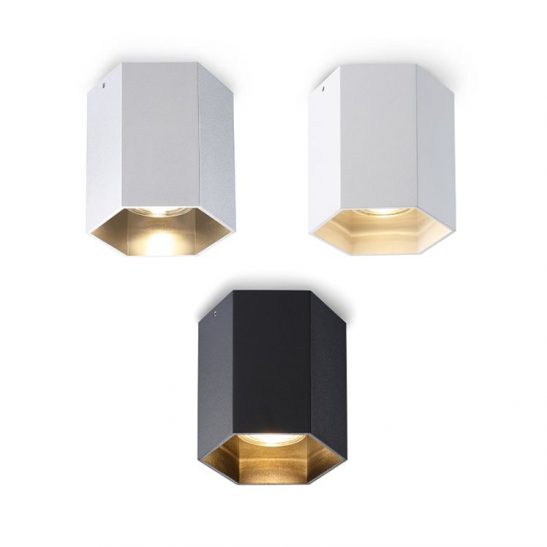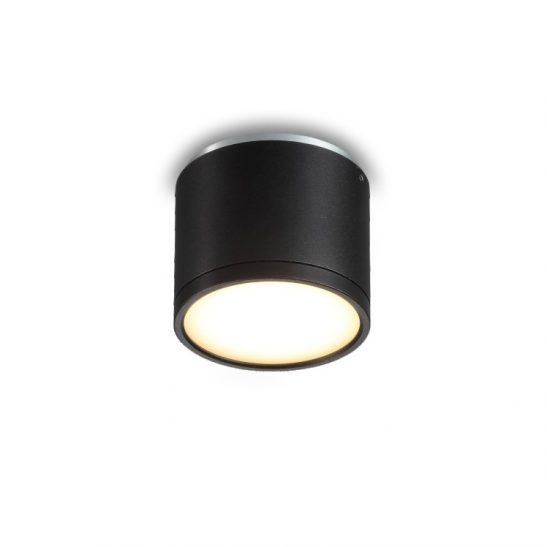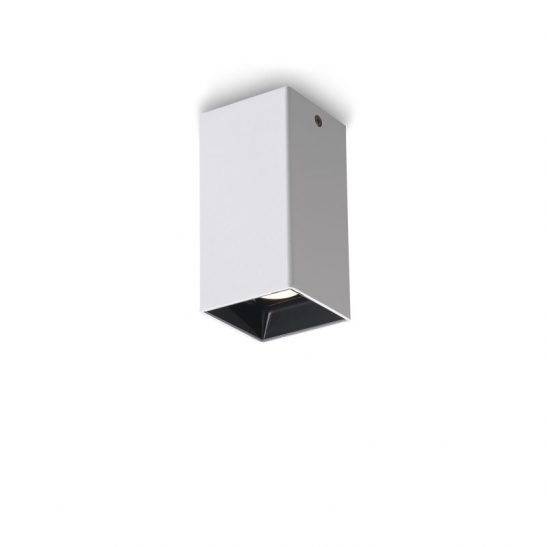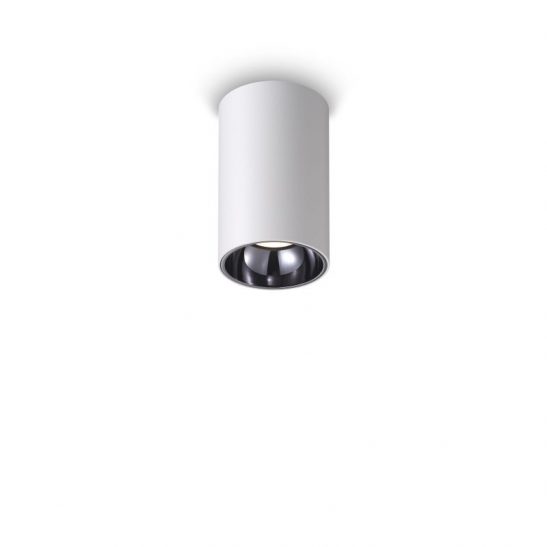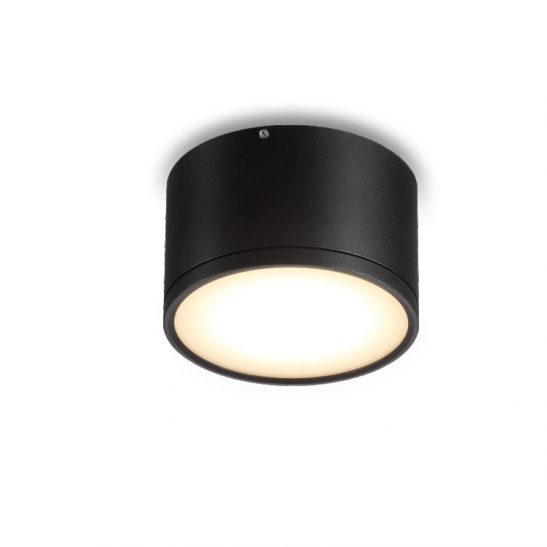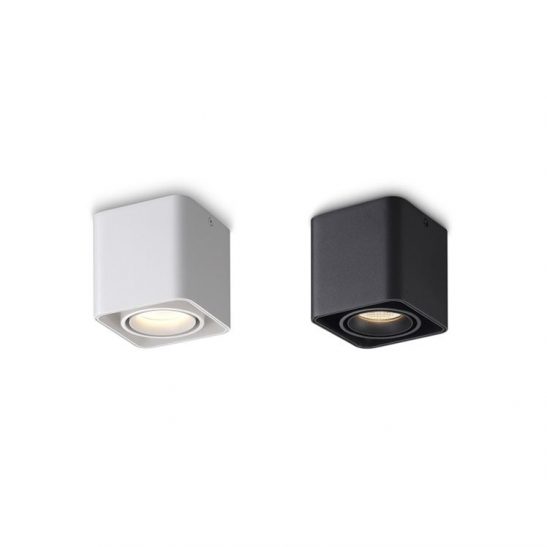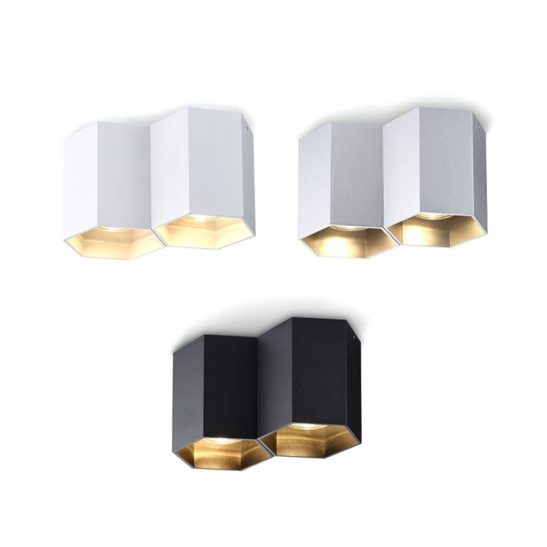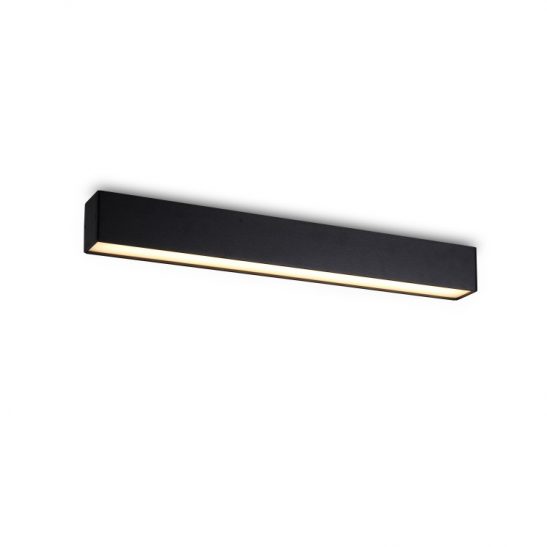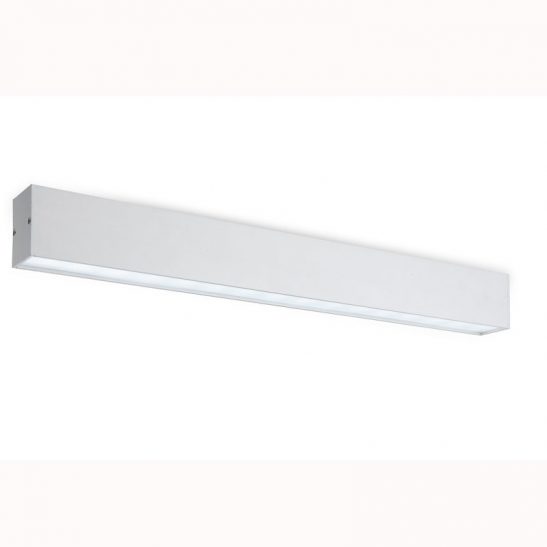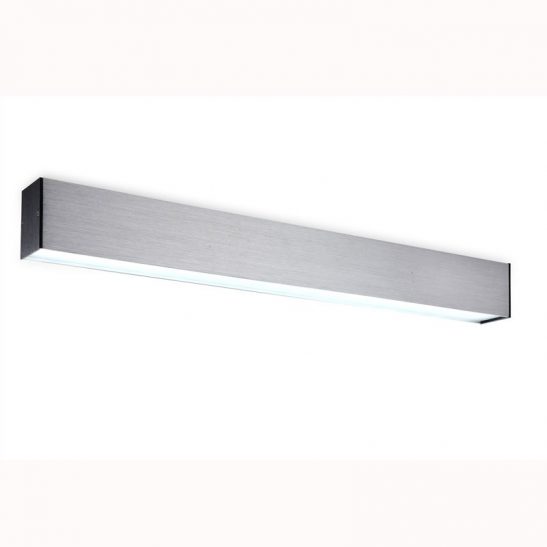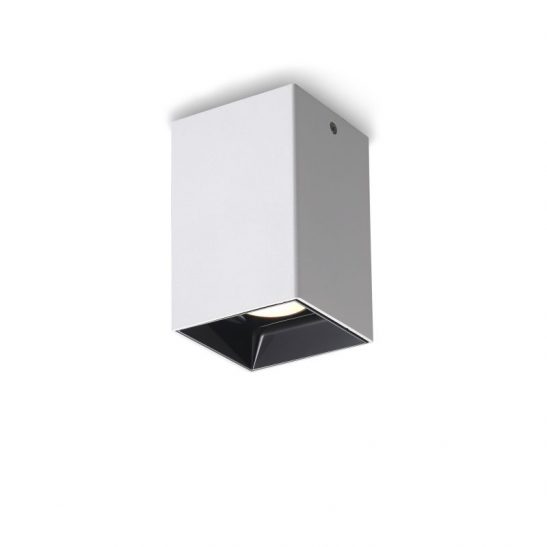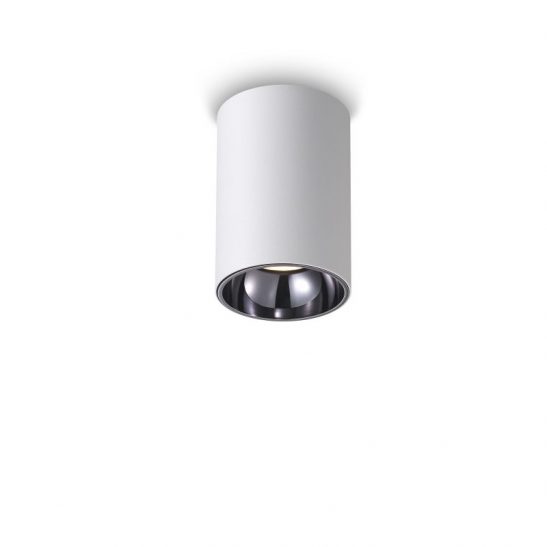Ceiling Lights
Ceiling lights are capable of totally enhancing both the aesthetics and the overall visibility in a room, whether that be in residential or commercial buildings. By choosing the right fixtures for your space, you can make it more memorable and functional.
Ultra Beam Lighting offers a wide range of LED ceiling lights for you to choose from. Shop our selection and give your home or business the modern update it needs.
Showing 1–20 of 36 resultsSorted by price: low to high
-
5 Watt Hexagonal Surface Mounted LED Downlight
£36.35 (Excl. VAT £30.29) Select options This product has multiple variants. The options may be chosen on the product page -
9 Watt Square Surface Mounted LED Downlight
£54.94 (Excl. VAT £45.78) Select options This product has multiple variants. The options may be chosen on the product page -
10 Watt Hexagonal Surface Mounted LED Downlight
£55.75 (Excl. VAT £46.46) Select options This product has multiple variants. The options may be chosen on the product page -
10 Watt Brushed Aluminium Surface Mounted 600mm Ceiling Light
£57.34 (Excl. VAT £47.78) Add to basket -
6 Watt Globe LED Ceiling Light
£67.20 (Excl. VAT £56.00) Select options This product has multiple variants. The options may be chosen on the product page

